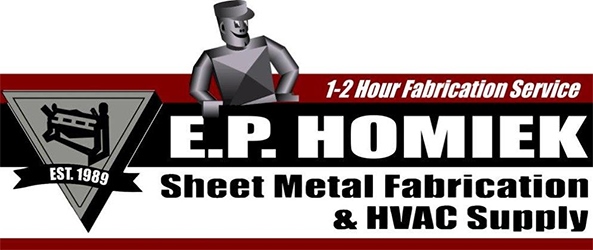Scope of Work for Residential Air Balancing
- Posted on June 24, 2024
- by admin
- in Blog_Posts
- Comments Off on Scope of Work for Residential Air Balancing
Airflow testing and balancing (TAB) is a final check and adjustment that proves quality design, installation, and performance of an HVAC system.
When a qualified air balancer is hired to balance a new home, they first review the HVAC design drawings and make any necessary observations that may assist in the TAB effort. This is followed by a complete walk down of the entire installation to verify that everything has been installed per design.
The balancing process begins with operating the fan via the thermostat. With the fan running at full speed, the balancer will fully open all supply diffusers, registers, grills, and dampers. Airflow is checked at this point to determine how much airflow the HVAC is capable of producing and exactly how much airflow there is at each supply diffuser. For example, if the duct system on a 3-ton HVAC unit passed a leak test and is running at a normal static pressure of approximately 0.5 in./WC, the air balancer is looking for a total airflow of about 1200 CFM +/- 10%.
Next, dampers will be adjusted to throttle airflow back from the higher-flow supply diffusers to the lower-supply diffusers. This usually involves choking off air closest to the fan and pushing air out to the extremities of the system. This process should bring airflow to the 10% range.
Once this second pass has been completed, the balancer will do a final adjustment at the supply diffuser dampers to trim the air to the design CFM. A final check on the constant volume system is performed, followed by verification of proper airflow to all of the return grills and that it matches the total supply.
The air balancing process also involves verification of airflow patterns to ensure that air washes properly over exterior walls and travels to the center of the house where return grills should be located. The air balancer will also ensure there is no short-circuiting between supply and return, and that nothing is blocking air from the supply and the return. This can be accomplished using a smoke pencil to observe air movement.
The balancer will identify any airflow problems where there is too much or too little airflow in a specific area and provide information on what should be done to correct them. Once the issues have been addressed, a rebalance will be performed to verify that the system is performing to the design intent. At this point, the balancer will check delta temperatures and static pressures throughout the system and provide the final settings for the ECM motor.
Once all testing has been passed, the air balancer will sign off to the owner that the HVAC system is working properly and providing the proper airflow to the living space per design.
If you enjoyed this article please consider sharing it!




